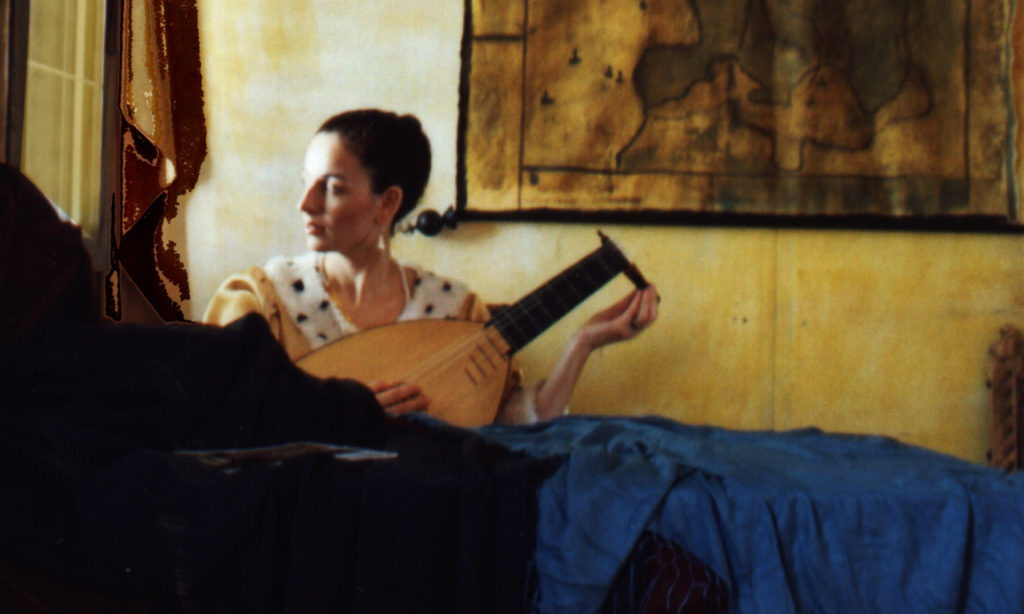My work explores the place of women in history and how the status of women in Israel compares to the reality depicted in the work of the Dutch painter Jan Vermeer. I fell in love with Vermeer‘s work and wanted to offer him alternatives from my own perspective for paintings he could have made.
I began the reconstruction and filming in 1999, as part of my final project at Camera Obscura, where I was specializing in animation.
I wanted to fill in the voids Vermeer leaves, to give his women a sharper identity, to describe what goes on before and after that single frame, to show the movement leading up to what has been frozen in one rare moment of time. Vermeer treats his women with respect. They aren’t mannequins set up in this or that position. He documents them in their natural environment.
Living in Elkana (an Israeli settlement in the West Bank ) had a major influence on my work. For five years I lived in a settlement and drove past Arab villages. There was something about the women who lived there, that radiated great power. They’re closed up in themselves. It’s like these Palestinian women have a special kind of strength which shows itself through quiet. They don’t have to philosophize or talk a lot. There’s tremendous strength in just doing what they do, and I find that very intriguing.
For that reason, I chose to use not only Dutch music for the soundtrack, but also Arabic music. I’ve tried to bring Vermeer to Israel, to create impossible links: between life in a settlement and the Arab street and soft Flemish light. That’s exactly what it’s like living on the "seam line," with all the conflict and tension. The Palestinian women I met all dress modestly and cover their hair. I can connect to that kind of female power.

